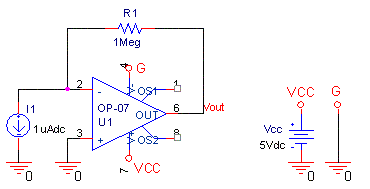ex4
Full Member level 2
- Joined
- Dec 28, 2004
- Messages
- 120
- Helped
- 2
- Reputation
- 4
- Reaction score
- 1
- Trophy points
- 1,298
- Location
- Jakarta, Indonesia
- Activity points
- 958
tgs5042 application note
hello,
i test this i2v converter, but not working
the output remain the same. got any suggestion?
hello,
i test this i2v converter, but not working
the output remain the same. got any suggestion?

